How Long Will a Portable Power Station Run?
Today, our world is very busy and requires a lot. Portable power stations are more important than just great things. If electricity suddenly fails, they will have to take long camping trips or work in areas where there is no electricity from their homes. Portable Power Stations are a safe source of power. However, users always want to know how long a Portable Power Station will run.
The answer is not necessarily the same. It depends on a lot of things, including device size, overall load, battery functionality, and even weather. This guide will not only show you how long you can run a portable power station, but you will not only learn how long it can run, but you will also learn how long it can run.
How Many Hours Can a Portable Power Plant Run?
It is primarily battery size (watt hours or WH) and charged devices that determine how long a Portable Power Station can run.
Please see Portable Power Station Aferiy P210. Battery capacity is 2048Wh. To find the time it takes on a 100-W device, divide only 2048WH by 100W, 20.48 hours.
There is a certain loss of transformers and a power interruption. In real life, the effectiveness is generally 85- 90. So, 2048Wh ÷ 0.9 = 1843Wh that can be used.
1843Wh ÷ 100W = 18.4 hours
This means that the charge will supply power to the 100-W device for more than 18 hours. The term is much shorter on devices with higher wattages, such as coffee machines and portable heating (1000-1500W). It could be as little as one to two hours.
You could use the same power station for 1843Wh ÷ 50W, which is 36.8 hours, to run a small 50W electric fan.

How Long Do Portable Power Stations Last?
We'll look at two different ideas here: runtime per charge and general life.
a. Run Time per Charge
This depends on the size of the battery and the performance used. Portable power plants with 380WH batteries, such as the Aferiy P310, can run bigger things for longer periods, such as refrigerators and power tools.
b. Lifespan (Battery Cycle)
A good Portable Power Station will last for many years. There are more than 3000 charge rounds for most types, especially those with LiFePO4 (Lithium Iron Phosphate) batteries. It could last almost 10 years if you use it every day.
Cheaper electricity for regular use, lower-grade lithium-ion batteries that are the most effective final 500 to thousand rounds. So, always look at the makeup of a battery before you buy it.
Main Factors Affecting the Run Time of a Portable Power Station
It doesn't matter how powerful your Portable Power Station is; how well it works rests on a few important factors:
How Much Power Do Devices Use
Many power-consuming items, such as electric appliances and electric tools, drain the battery faster than LED lights and smartphones.
Battery Capacity
This is how much energy is available, measured in watt-hours. A 2048Wh Portable Power Station gives off more energy than a 500Wh one.
How Well an Inverter Works
Most things need A/C power. The transformer changes the DC power from the batteries to AC power. During this process, some power is lost. These losses are kept to about 10–15% by good converters.
Type of Battery
LiFePO4 batteries work better and are safer, and longer-lasting than lithium-ion batteries.
Conditions in the Environment
Extremely hot or cold places make batteries work less smoothly. Expect your Portable Power Station to run for less time if you use it in the snow or desert.A solar generator with solar panels can help maintain your power supply, even in remote areas, by harnessing renewable solar energy for recharging.
Load at the Same Time
Using too many devices at once can damage the unit or drain the battery quickly. Before you plug in, you should always check the power and do the math.
A solar generator can help maintain your energy supply even in remote areas. During AFERIY’s Black Friday Sale, you can find great solar generator deals that combine portability with renewable energy solutions—perfect for camping, emergencies, or sustainable off-grid use.
How to Calculate the Overall Runtime of a Portable Power Station?
Runtime (hours) = Battery Capacity (Wh) * effectiveness ÷ Power of the device (W)
For example, if you want to run a 300W television with the AFERIY P310 Portable Power Station, you could:
3840Wh * 0.9 ÷ 300W = 11.5 hours Figuring Out How Long to Charge Multiple Devices
-
A 50W notebook
-
A 100W little fridge
-
A 30W fan
180W is the total load. 2048Wh x 0.9 = 1843Wh is the available capacity. 1843Wh x 180W = 10.2 hours.
Now that you know this, you can plan how much power you use well.

How to Extend the Runtime of Portable Power Stations?
Want your Portable Power Station to last longer between charges? How to do it:
-
Use Gadgets with Low Power: Use options that use less energy whenever you can. LED lights, small computers, and fans that use little power use a lot less power.
-
Change the Output to DC: These days, a lot of Portable Power Stations come with 12V car plugs or USB-C PD ports. It is better to use these straight outlets instead of the AC generator.
-
Power Devices One at a Time: Do not power too many high-wattage gadgets at the same time. Instead, use them at different times.
-
Charge Your Phone with Solar Panels: Some solar generators from AFERIY can be added to your Portable Power Station to help it charge during the day. This gives you almost unlimited power when you're not connected to the grid. For instance, the AFERIY P210 can be charged in about 12 hours by a 200W solar-powered generator in direct sunlight.
-
Setting the Temperature: For quality battery life, hold the electricity station between 50°F and 80°F while it is no longer in use. Extreme bloodlessness can reduce overall performance with the aid of using 20 to 30 percent.
-
Maintenance Is Important: Don't let the power die completely. Instead, charge it when it's 20% to 30% full. Also, when not in use for a long time, keep the battery at about 50%.
Extra Tips for Choosing the Right Portable Power Station
If you want to buy a Portable Power Station, here are some things to think about:
-
Type of Batteries: LiFePO4 batteries last longer and are safer.
-
Output Ports: To be able to connect a lot of different devices, make sure it has AC, DC, USB-A, USB-C, and carports.
-
Options for Charging: Solar power is a big plus.
-
Display Panel: This is useful for keeping track of the energy level and input/output power.
-
Flexibility: Some high-end types let you add more power packs. For example, the AFERIY P310 Portable Power Station supports up to 2 expansion batteries, boosting the total capacity to 11,520Wh.
You can find these advanced models at AFERIY’s Black Friday Sale, offering exclusive solar generator deals and bundle offers for both home backup and outdoor power solutions.
Best Use Cases for Portable Power Stations
Are you still not sure if a Portable Power Station is right for you? When to use these things:
-
Camping & RVing: When tenting or touring in an RV, you could rate your fridge, phone, camera, and fan without draining the energy for your vehicle. A portable small power station is perfect for these situations, offering a compact and efficient power solution.
-
Emergency Backup: As a backup plan, preserve lights, clinical equipment, and routers while the power is going out. A solar generator for home can be a lifesaver during power outages, ensuring you have a sustainable energy source when the grid fails.
-
Work from Home: Charge your laptop or Wi-Fi router and speak to them whilst you`re far from home.
-
Outdoor Events: Garden events and weddings may be held outdoors with quiet, easy energy.
-
Sites of Construction: Use tools away from power lines, where gas engines aren't loud.
Conclusion
How long does a Portable Power Station last? How to reply relies upon how much power you want, how large the station is, how well the batteries are, and how well they work. To get the maximum out of your Portable Power Station, you want to understand how much power you use. This is true whether you're using a 500Wh unit for your phones or a 3840Wh beast like the AFERIY P310 for home backup.
Aferiy has high-quality models, such as the Aferiy P210 and the Aferiy P310, reaching from small to large scale. These are excellent for all uses. Connect the device to a solar power generator for constant use for environmentally friendly charging.
Getting a good Portable Power Station isn't just for ease of use; it's also for being ready, having peace of mind, and having power on demand.
Related Reading:
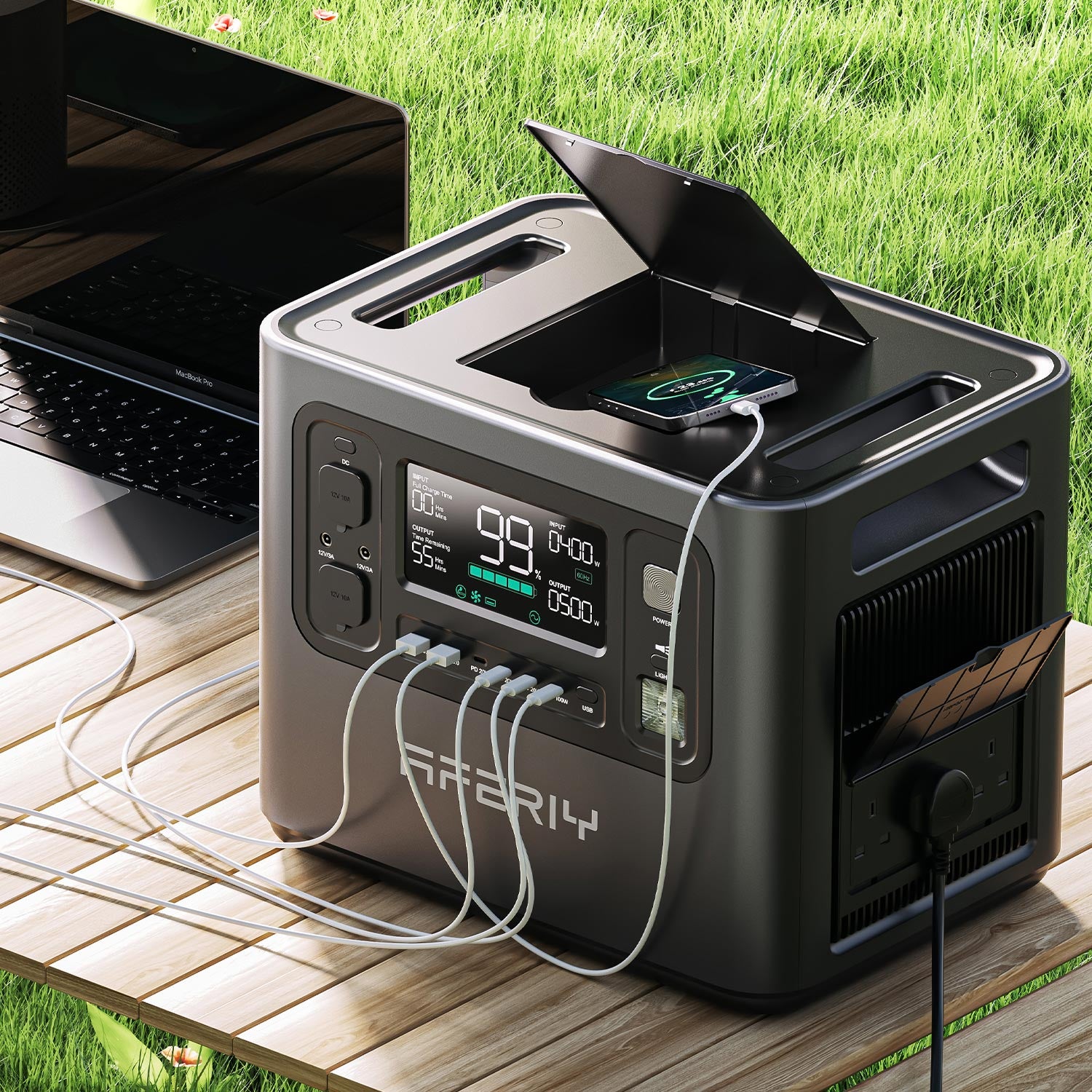
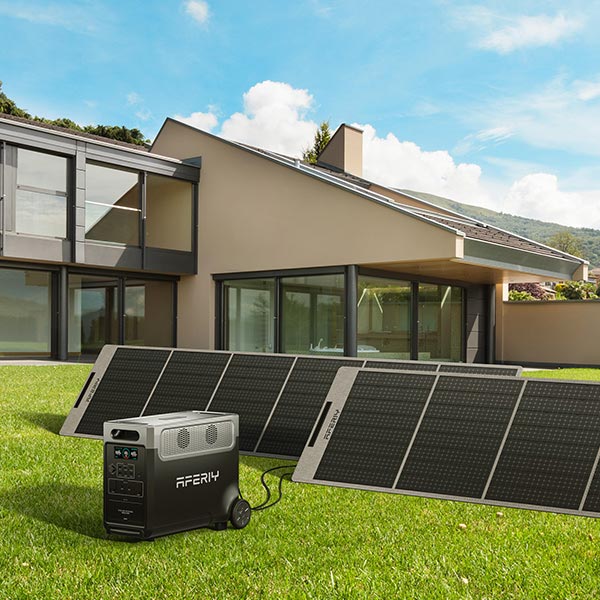
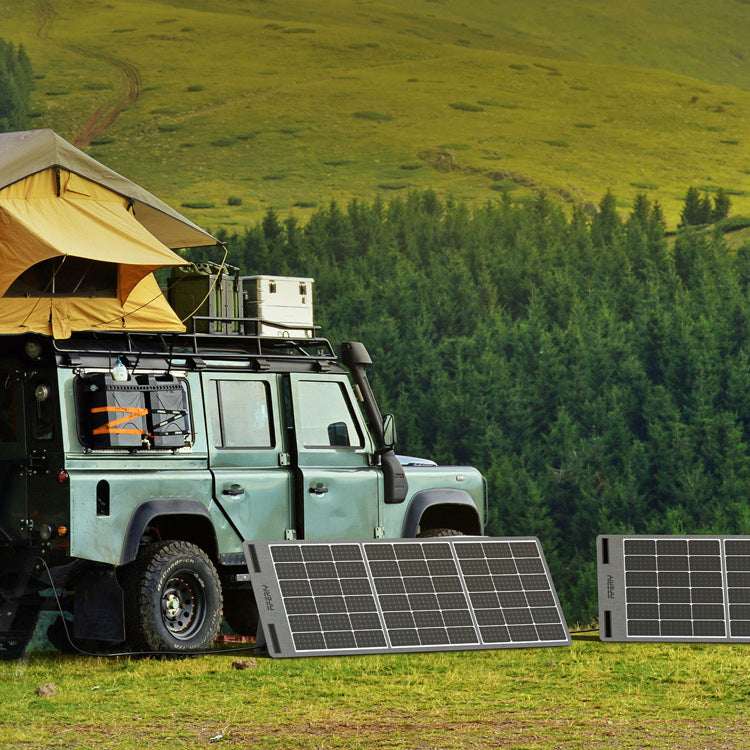
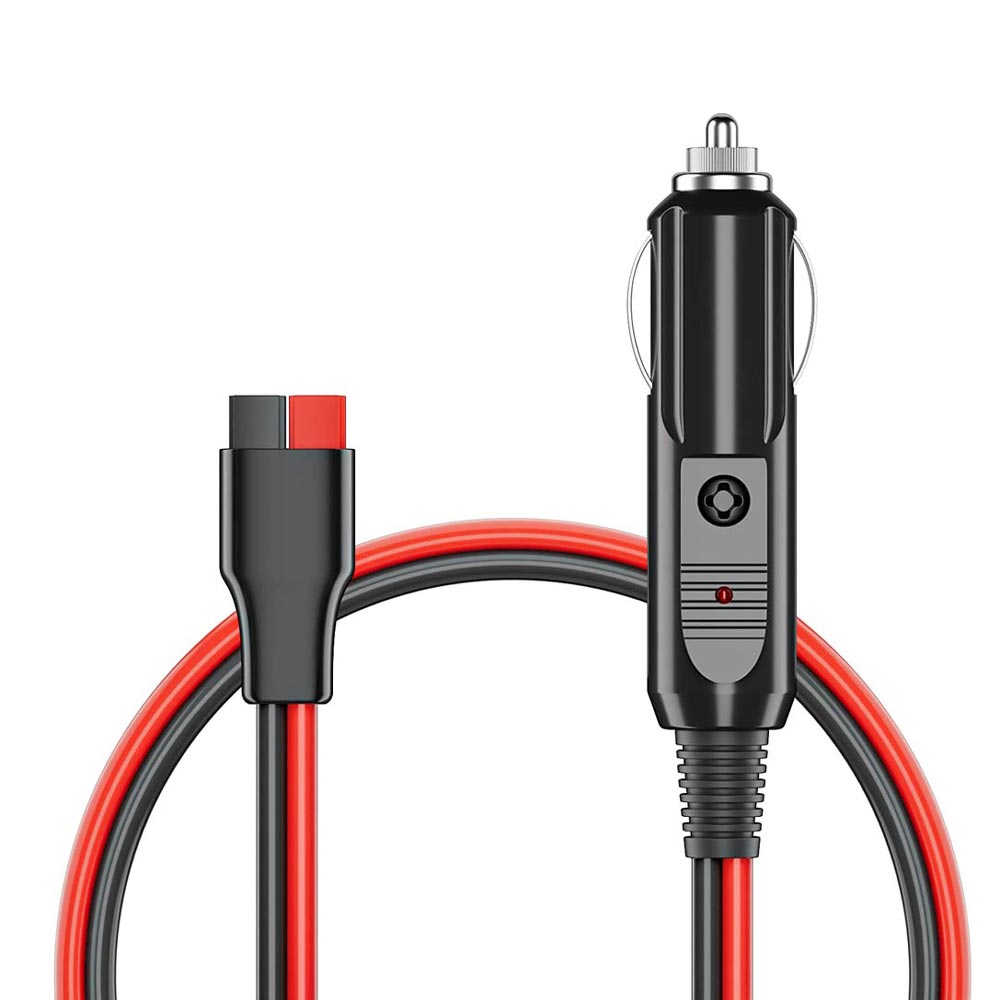

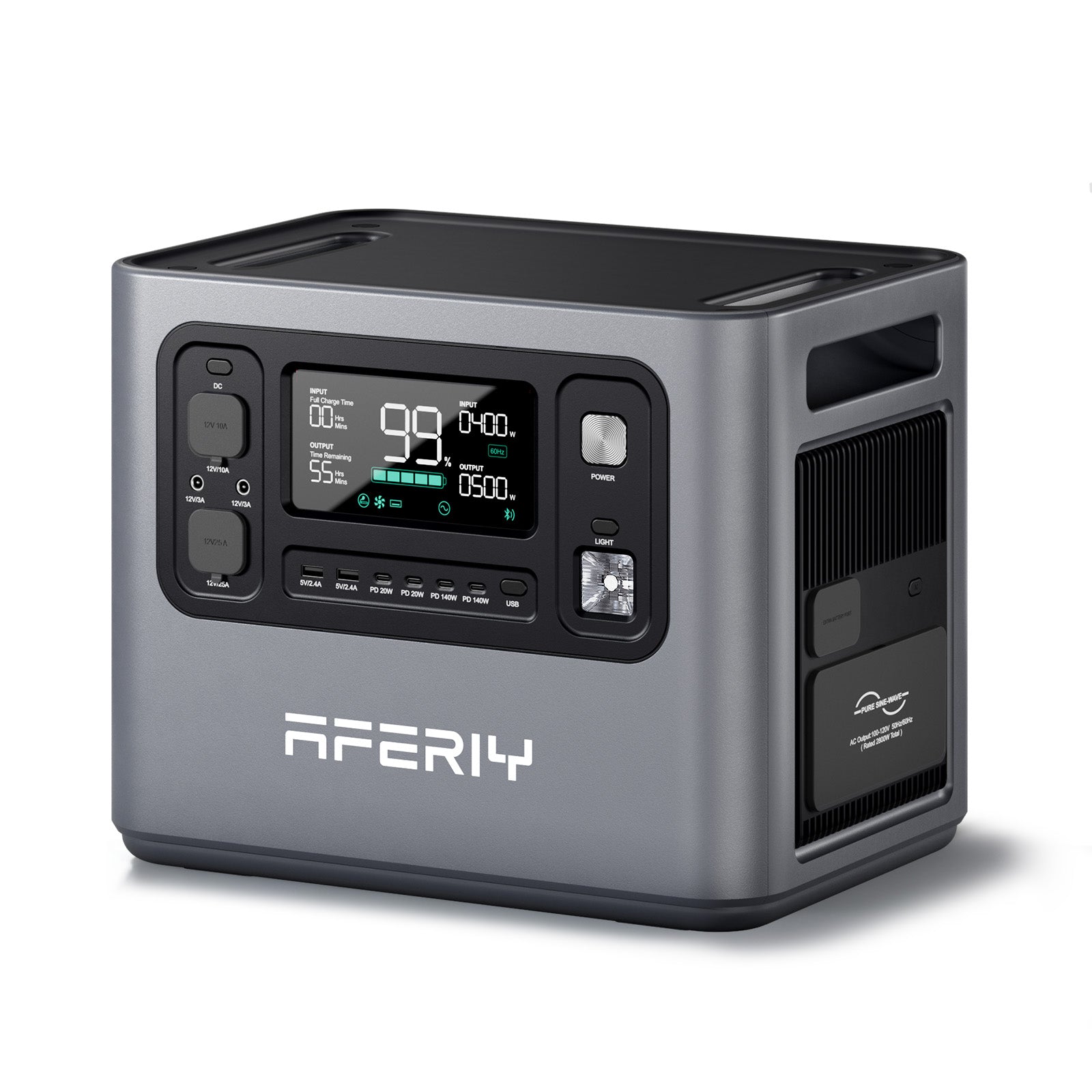

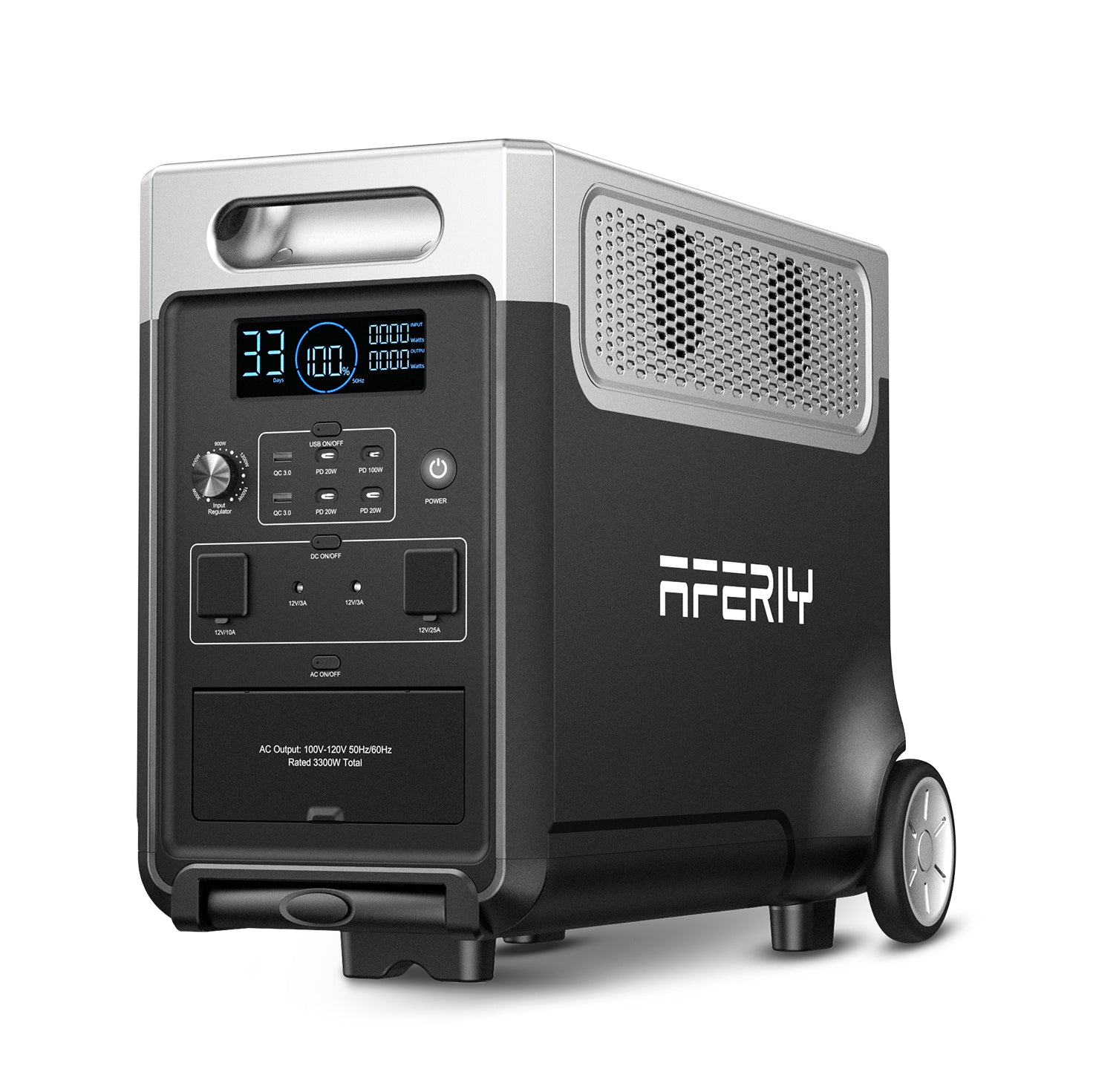
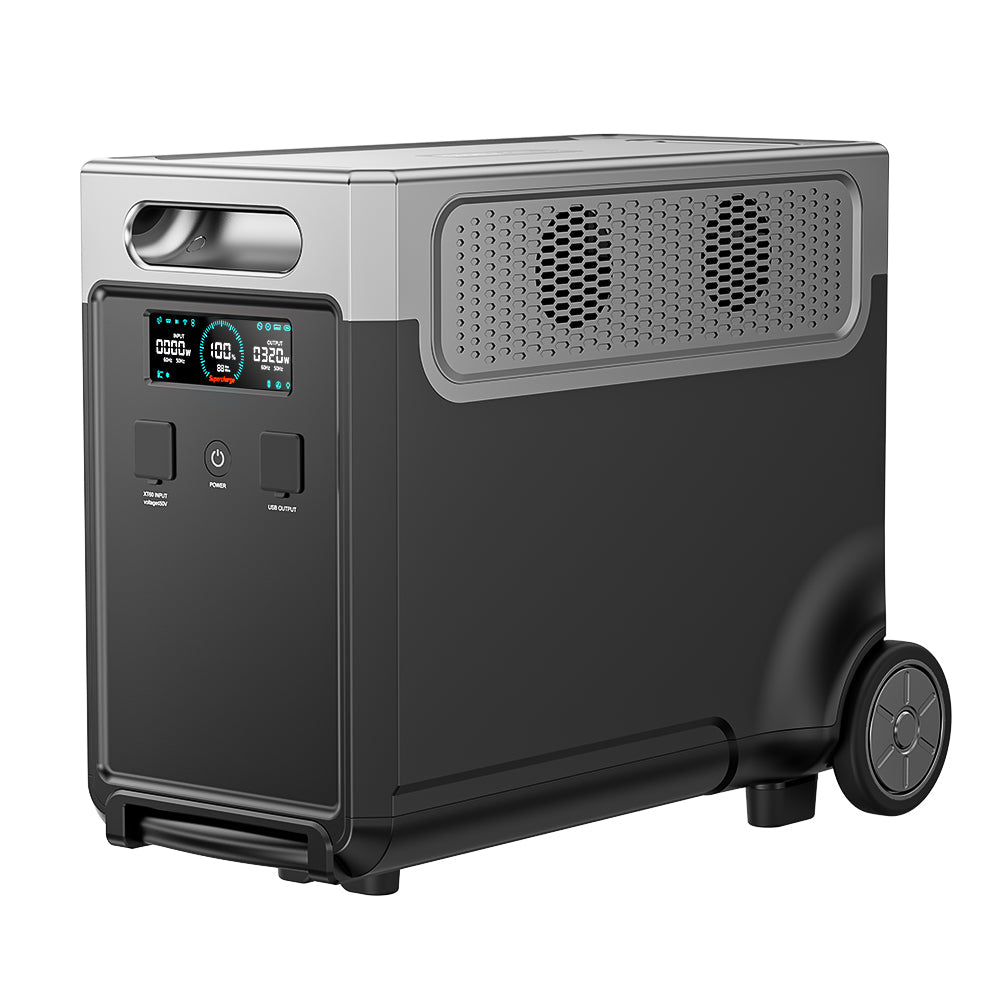
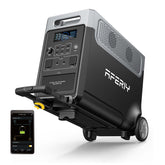
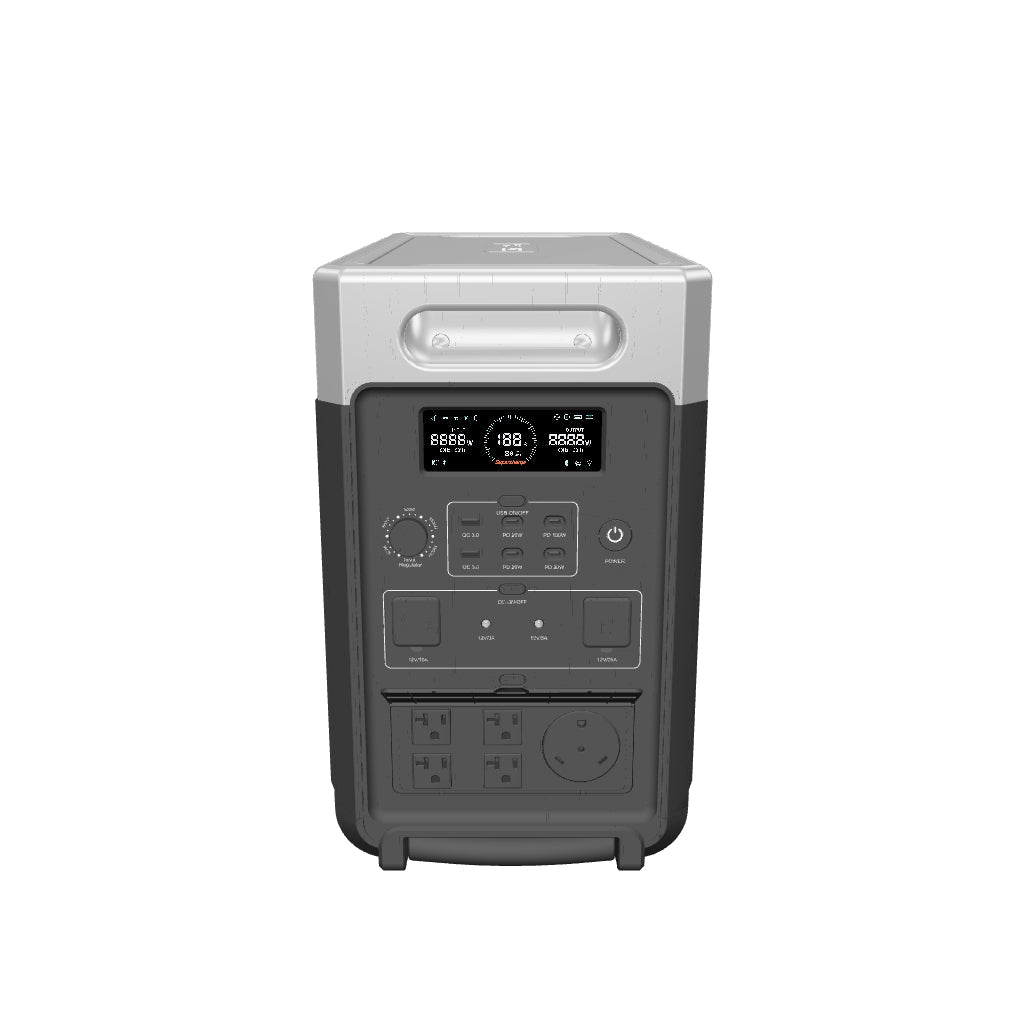
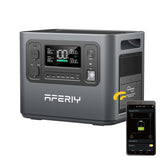
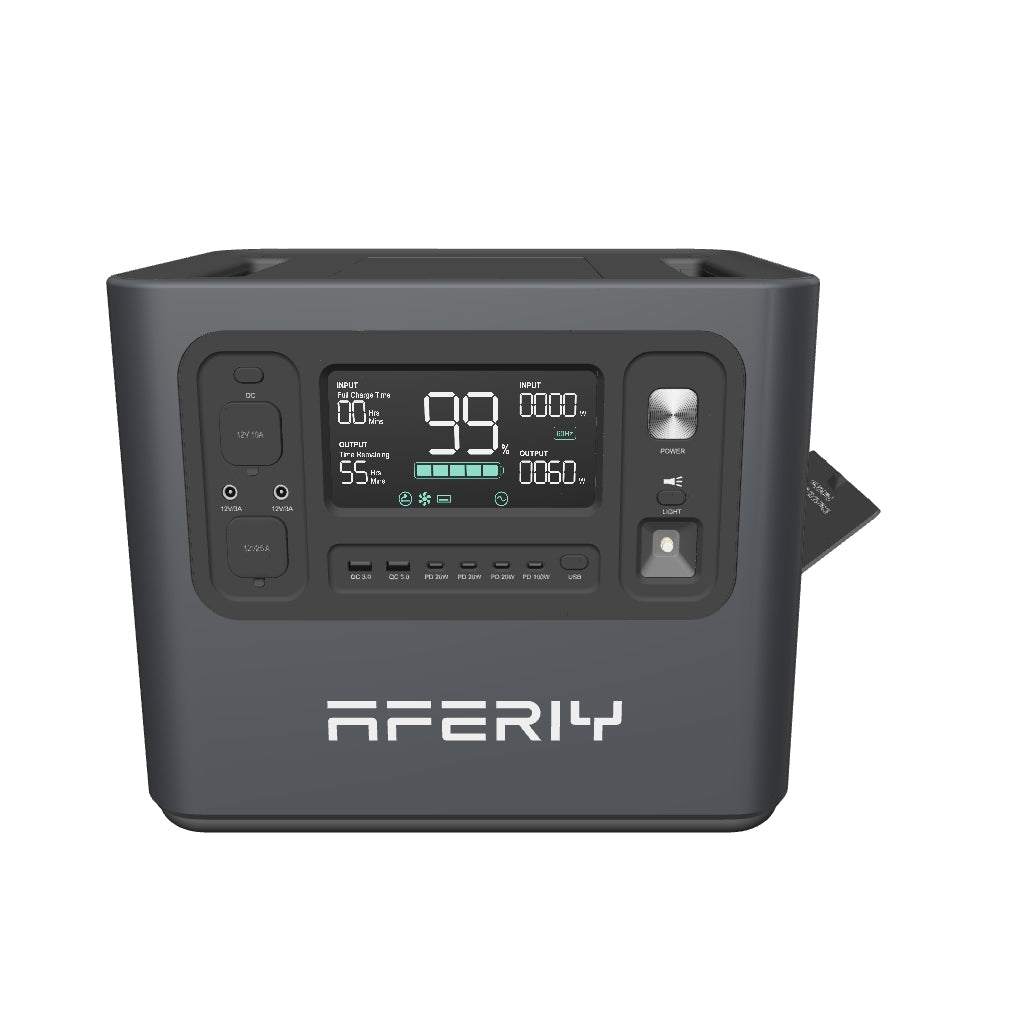
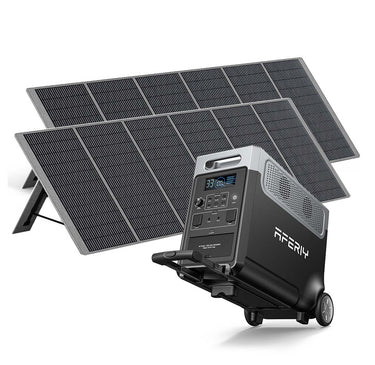
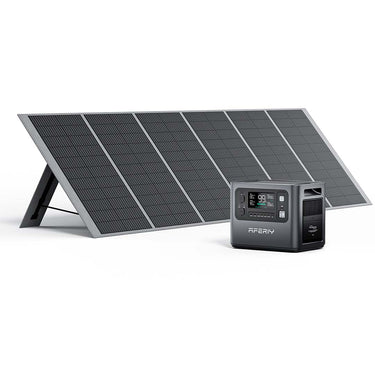
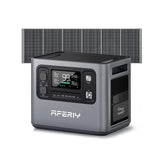

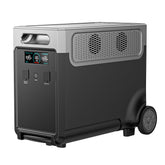

Leave a comment
Please note, comments need to be approved before they are published.